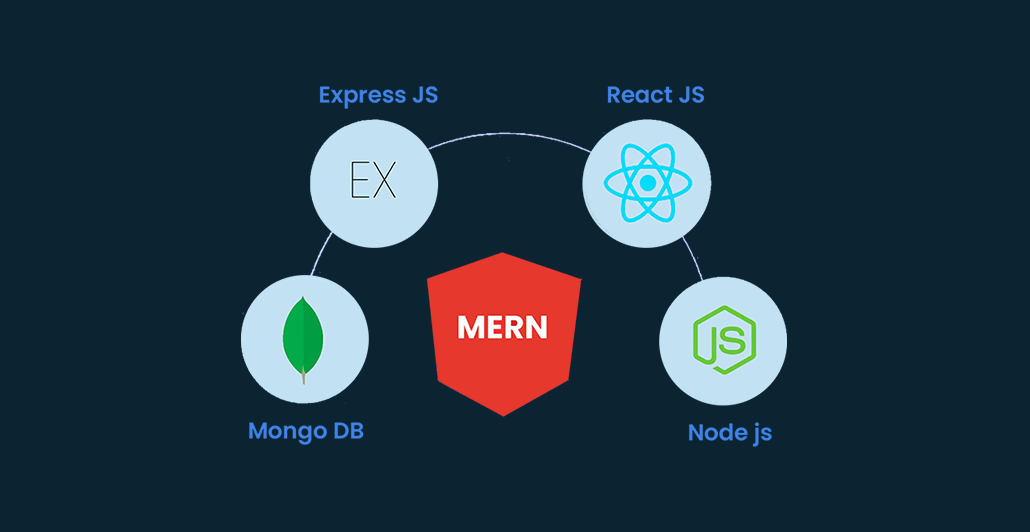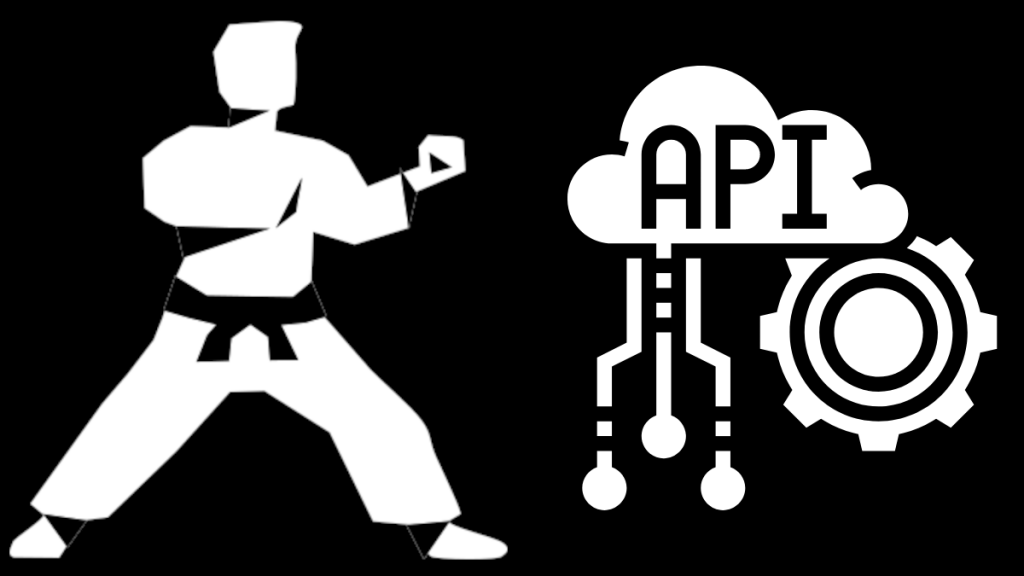RPA Solution Architecture Design Patterns
Introduction
Design patterns for RPA solutions offer a systematic way of creating enterprise-grade automated systems. They specify repeatable patterns addressing common problems including error handling, maintainability, and scalability. These patterns help to guarantee uniformity of automations across several projects and teams. Applying them allows designers to develop scalable, easily tracked, and fixed solutions. Well-designed patterns increase process resiliency, improve orchestration efficiency, and encourage component reusability, therefore making automation more dependable and affordable for companies. RPA Training in Noida helps learners gain hands-on expertise in building scalable automation workflows for real-world business processes.
Structured approach for creating scalable and maintainable automation solutions is given by RPA solution architectural design patterns. They identify recurring patterns addressing typical automation issues. These patterns offer clarity for designers and architects, guarantee stability, and help reusability. They also support companies in maintaining consistent standards over enterprise-grade RPA implementations. Creating arrangements for integration, exceptions handling, scalability, and orchestration increases the resilience of RPA systems.
Layered Architecture Pattern:
An architecture approach divided into several layers separates automation. This technique streamlines upkeep and maintains the process modular. User interface interactions are found in the presentation layer. Rules and decision-making features are found in the business logic level. Input and output operations are managed by the data layer. This architecture lets developers modify one layer without disturbing others. Should the user interface change, for example, only the presentation layer logic calls for updates.
Workflows in UiPath can be split across several xaml files per level:
Orchestrator-Driven Pattern:
This model uses a central orchestrator to coordinate robots and queues. It enhances scalability as several robots could operate in parallel. Through retry techniques, it also guarantees fault tolerance. Large workloads are broken into transactions by queues, which dynamically assign them to robots. For systems processing a great number of records, this plan fits well.
Robots utilizing activities like Get Transaction Item and Set Transaction Status specify and devour queues in UiPath Orchestrator. This yields a transaction-based processing paradigm simpler to track. RPA Training Institute in Delhi offers structured programs designed to teach orchestration, exception handling, and automation best practices.
Component Reusability Pattern:
Reusable parts improve consistency and cut development time. As reusable libraries could be created are functions like login, data extraction, and exception handling. Every part may be posted to a single repository and used by several processes.
One can, for example, build once a login element for a web application and then call by any process that requires authentication. This simplifies maintenance and avoids duplication.
State Machine Pattern:
Using states and transitions, the state machine pattern manages the automation flow. It processes several situations methodically, including failure, retries, and success. This pattern is appropriate for difficult processes when decision points depend on several results.
In UiPath, a state machine workflow comprises states like Init, Process, End. Every state's entrance, exit, and transition actions depend on circumstances.
Exception Handling Pattern:
Strong exception handling guarantees automation runs constantly. The pattern specifies a global error handler catching system and business exceptions. Additionally included are logging and retry logic.
UiPath surrounds crucial segments with Try Catch activities. System exceptions are logged and attempted again. Business exceptions are noted as failed transactions. Reliability increases and SLA compliance is supported by this pattern.
Event-Driven Pattern:
Event-driven design looks for triggers like system upgrades, email delivery, or file creation. This helps performance and lowers polling expenditure. Near real-time automations benefit it.
UiPath has activities such as File Change Trigger and Email Trigger. The mechanism starts immediately when an event happens. This helps to maximize resource use and lowers latency.
Conclusion
Standardization of development and stable automation ecosystems are produced by RPA solutions' architectural patterns. Layered architecture makes procedures modular. RPA Training and Placement programs prepare students with practical skills and connect them with top companies seeking automation professionals. Patterns driven by orchestrator naturally scale. Components that may be reused encourage efficiency. State machines manage sophisticated logic. Exception handling increases resilience. Event-driven patterns enable real-time execution. Taken together, they produce automation solutions that are strong, scalable, and simple to maintain. Creating with these patterns helps business-grade RPA deployments to provide regular value.
Recent Posts




